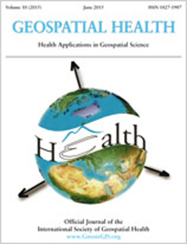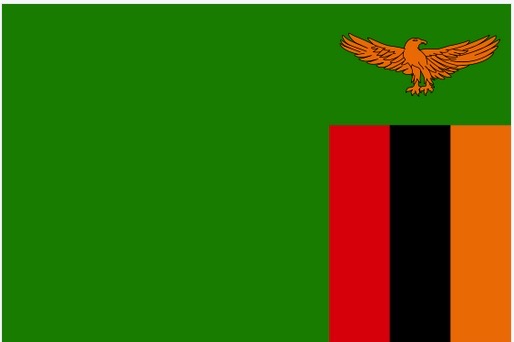Integrating agent-based disease, mobility and wastewater models for the study of the spread of communicable diseases

All claims expressed in this article are solely those of the authors and do not necessarily represent those of their affiliated organizations, or those of the publisher, the editors and the reviewers. Any product that may be evaluated in this article or claim that may be made by its manufacturer is not guaranteed or endorsed by the publisher.
Authors
Wastewater-based epidemiology was utilized during the COVID-19 outbreak to monitor the circulation of SARS-CoV-2, the virus causing this disease. However, this approach is limited by the need for additional methods to accurately translate virus concentrations in wastewater to disease-positive human counts. Combined modelling of COVID-19 disease cases and the concentration of its causative virus, SARS-CoV-2, in wastewater will necessarily deepen our understanding. However, this requires addressing the technical differences between disease, population mobility and wastewater models. To that end, we developed an integrated Agent-Based Model (ABM) that facilitates analysis in space and time at various temporal resolutions, including disease spread, population mobility and wastewater production, while also being sufficiently generic for different types of infectious diseases or pathogens. The integrated model replicates the epidemic curve for COVID-19 and can estimate the daily infections at the household level, enabling the monitoring of the spatial patterns of infection intensity. Additionally, the model allows monitoring the estimated production of infected wastewater over time and spatially across the sewage and treatment plant. The model addresses differences between resolutions and can potentially support Early Warning Systems (EWS) for future pandemics.
Supporting Agencies
CONACYT-Alianza FiiDEM; Reference: 2019-000005-01EXTF-0027How to Cite

This work is licensed under a Creative Commons Attribution-NonCommercial 4.0 International License.
PAGEPress has chosen to apply the Creative Commons Attribution NonCommercial 4.0 International License (CC BY-NC 4.0) to all manuscripts to be published.













